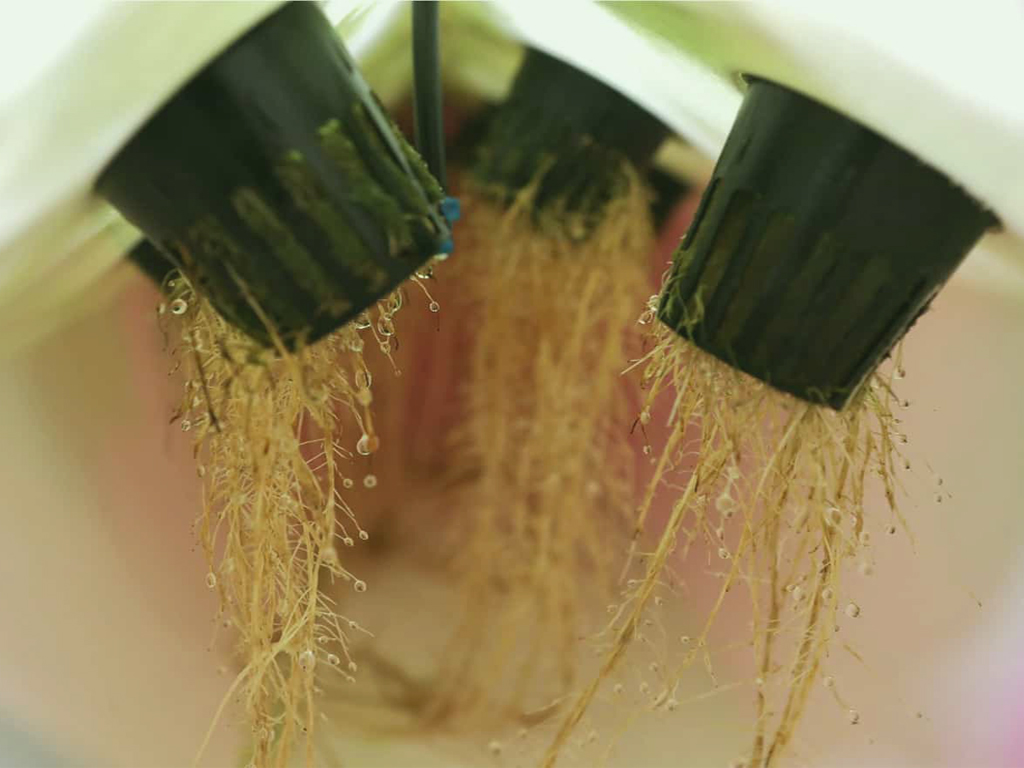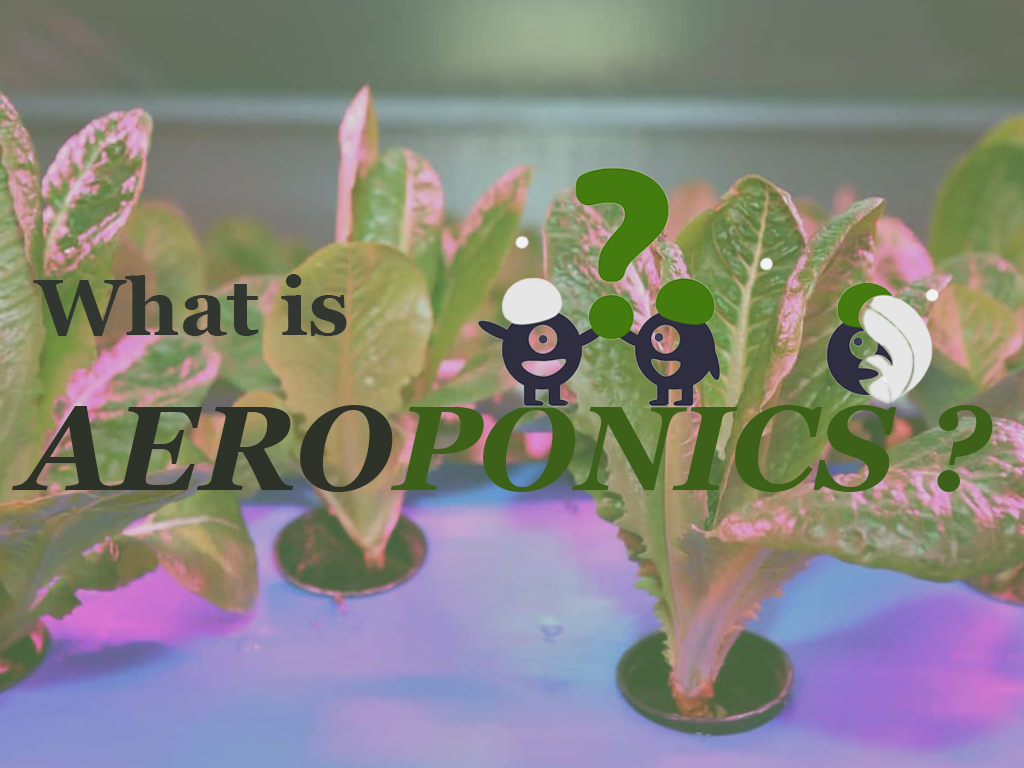Did you know?
Aeroponic research began in the 1920’s and progressed steadily as a soilless growing method. In the early 1940s, the technology was largely used as a research tool rather than an economically feasible method of crop production. W. Carter in 1942 was the first researched air culture growing and described a method of using water vapor at the plants roots to deliver nutrients to facilitate examination of roots.The first commercial aeroponics setup was the Genesis Rooting System, commonly called the Genesis Machine, by GTi in 1983. The device was controlled by a microchip and simply connected to an electrical outlet and a water faucet. During the 1990s, NASA carried out a series of tests in space and on earth growing biomass with no soil and very little water and this method proved to be very productive. NASA research has shown that aeroponically grown plants have an 80 percent increase in dry weight biomass compared to hydroponically grown plants. Aeroponic techniques have been given special attention from NASA since a mist is easier to handle than a liquid in a zero-gravity environment.
INTRODUCTION
Aeroponics is the science of plant cultivation without incorporation of the soil or a substrate culture. Where plant grows in the air with the assistance of an artificial support and no soil or substrate is required to support the plant. Basically, it is an air water culture cultivation system, the roots of plant are hanged inside a sealed container under darkness and openly exposed in the air to get water nutrient-rich spray through atomizers. The upper portion of the plant leaves and crown extend above the wet zone. In an aeroponics system, the roots of the plants are misted with nutrients, water, and oxygen. Using a closed loop system, 95% less water than field farming is used. LED lights are used to create a precise light formula for each plant, giving the plants the exact range, intensity, and frequency that the plants require for photosynthesis in the most energy-efficient way.
Formula of AEROPONICS = SANITIZE + STERELIZE
The plants are initially placed in pieces of foam and set inside tiny pots with a netted base in order to allow the roots to grow freely. One end of the roots is exposed to light, while the other receives the continuous supply of enriched mist. The foam around the plant also offers support to the stem and ensures the root mass is also secured in place. Aeroponics system provides many advantages for agricultural research and production as a modern research tool. However, the concept and idea of plant cultivation in the air by providing artificial support and environment is not much old. The researchers acquired the idea to see the most of the growing plants on rocks near the waterfalls. They frequently observed that plants were successfully grown on rocks near the waterfalls. Although, the roots of plants are openly hanged in the air. It was the logical extension for plant growing in air under spray mist condition.

ADVANTAGES
Fast Growth
One of the best advantages of Aeroponics is that plants grow quickly in such systems. They thrive and are able to produce great harvests. This is largely due to the fact that they are suspended in midair and thus, their roots have constant access to oxygen. The plants grown are also much stronger andhealthier due to this oxygen richness too.
Easy Maintenance
Compared to traditional farming, Aeroponics is much easier to maintain. There is no weeding or removal of pests needed. Everything can be directly maintained by providing the right amount of nutrients in the mist solution. Aside from that, there’s just basic disinfecting and cleaning needed for your system. In particular, the container used to contain the roots needs regular cleaning. The reservoir where the nutrient solution is stored and the irrigation channels of the system should also be cleaned too. This is to ensure that bacterial and fungal growth does not occur. This is especially possible due to the fact that the entire environment is constantly kept moist. However, at theend of the day, this is still much easier than traditional gardening.
Minimized Gardening Materials
Another great advantage of Aeroponics is that it requires much lesser materials. This is because the plant is able to absorb nutrients and water much more efficiently than other gardening methods. Therefore, less fertilizer, nutrients, and water need to be supplied to the plant. In Aeroponic systems, plants also grow more roots and this further enhances their absorption ability. As such, fewer materials are needed to allow your plants to thrive.
Space Saver
Lastly and one of the best advantages for Aeroponics is the fact that it requires much less space than traditional methods. Some Aeroponic systems allow for stacking and this greatly reduces the space needed. And you can easily rig up such a system for yourself if space is an extreme constraint for you. This is a great advantage because it opens gardening up to people who might previously not be able to due to space constraints.

